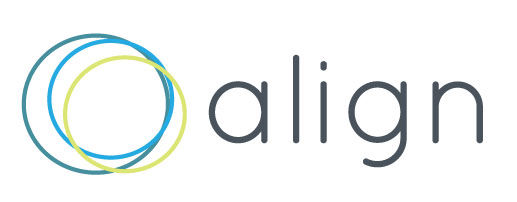Starting Up the University
It may surprise some folks that my 13-year career in non-profit higher ed contributes a large part to my business and entrepreneurial knowledge. But it was a pivotal time for me, because it was nothing like a traditional career in higher education. For one, when I arrived, the University wasn’t even accredited, let alone open for business. (That came 16 months later!) I was one of only 8 people (today there are over 100) working to launch this non-profit, STEM university in downtown Harrisburg PA— without the benefit of lots of cash to support our creation.
Try convincing parents that their child should attend a brand-new university that practically no one’s ever heard of, operating on the top floor of a high school! We had no track record of success, no alumni, no sports, no dining hall or dorms, and a just couple classrooms. Undergraduate education is a crowded market, and so is corporate training. Yet, with the help of a skilled and spirited team, we launched a modern-day university which has gone on to be widely recognized as an educational innovator and leader. At the time, only two other new universities were attempting similar launches, but they weren’t bootstrapping like we were. Maybe one day I’ll write a book about it, but for now, take my word for it, it was not for the faint of heart!
The Parallels of Strategy and Curriculum Design
I did a lot of strategy work in those years at Harrisburg University. We were constantly listening to the market and responding with new initiatives, fine tuning our offerings, experimenting with marketing strategies and building strategic partnerships. Beyond the start-up experience, there’s more about my background starting a new university that has prepared me to be a strategy advisor.
The process for curriculum development, which I facilitated in collaboration with a slew of faculty and subject matter experts, is very similar in some regards, to the process of strategy development. In both cases, you research and design a program to facilitate a fundamental shift in attitudes, actions and results.
Like designing learning, developing business strategy is a process of deconstructing a high-level objective into its foundational building blocks. We look at the ‘current state,’ we envision a brighter ‘future state,’ and develop a set of activities to bridge the gap. Using human-centered techniques, we assess the needs of our intended audience and leverage our expertise and imagination to invent meaningful solutions. In the case of learning, the solutions are exercises and information to help the student internalize a new set of skills and knowledge so they can solve problems in their life and career. In strategy development, we create a set of activities and information for employees to use in solving problems for their customers. In both cases, it’s important to measure progress along the way, determine if change is happening, and calibrate the activities accordingly.
Surprisingly to some, there are many parallels between inventing new programs for learning and creating new programs for solving customers’ programs and growing businesses. If you’re curious about more connections between strategy and curriculum design, let’s schedule time to chat! To learn more about my background, check out my LinkedIn profile and read about the history of Harrisburg University of Science and Technology.

